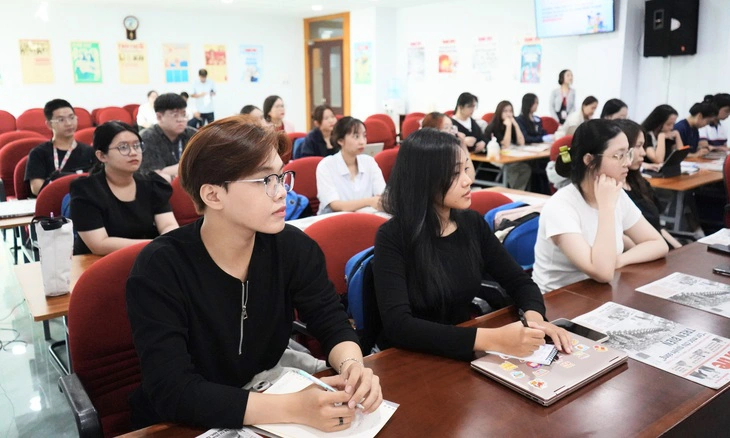
Connecting with practice is a mandatory requirement for universityeducation today. In the photo: students of Ho Chi Minh City University of Management and Technology (UMT) practice at Tuoi Tre newspaper - a cooperation model that has brought many positive results - Photo: NGUYEN DANG KHA
Vietnam is facing a period that can be called a historical turning point. External challenges and internal demands for innovation are requiring rapid, drastic and proactive transformation, including in higher education.
Challenges from digital transformation and globalization
In recent years, "digital transformation" has become a popular keyword in strategic documents, professional seminars and especially in universities.
But digital transformation is not simply about bringing computers and software into management or online teaching. It is a revolutionary change in the way we learn, teach and even manage, deeply affecting the whole university culture.
Some universities in Vietnam have initially deployed digital learning platforms, LMS systems, blended learning models... But for many educational institutions, this is still a challenging journey due to the lack of technological infrastructure, organizational capacity and innovative management thinking.
In the context of the country identifying digital transformation, science - technology and innovation as key drivers for growth, universities need to play a central role, not only applying but also leading this process.
If technology is the internal driving force, globalization is the external wave pushing higher education to change. While the world economy and politics are tending towards competition and division, higher education is becoming more cross-border than ever.
International research cooperation, joint training programs, student exchanges, global university rankings... are becoming criteria for evaluating the quality and integration capacity of each university.
University internationalization is not only to promote image and attract students, but also a way to affirm competitiveness when the academic market is increasingly expanding, while promoting the "soft power" of a university education and a country.
The National University of Singapore (NUS) collaborates with more than 300 international partners, attracting thousands of international students each year. In Europe, the "European Universities" initiative, which is forming transnational universities, is a concrete example.
However, it is also necessary to recognize that without a balanced policy and clear direction from the State, internationalization can increase the gap and inequality in higher education, between domestic and foreign schools, between the public and private sectors, between big cities and remote areas, and areas with difficult conditions.
The labor market changes, universities must transform
The future of work is changing rapidly. Many traditional jobs are set to disappear due to automation and artificial intelligence, while a host of new industries are emerging. According to the World Economic Forum, nearly half of today’s workforce skills will change in the next five years.
In this context, Vietnamese higher education cannot continue to teach according to the model of "learning to know". This is the time to shift to "learning to do, learning to adapt and learning to continue learning". Students need to be equipped not only with professional knowledge but also with soft skills, critical thinking, interdisciplinary capacity and a spirit of innovation.
This transformation is also closely linked to the need to link universities with practice, especially the private economic sector, which is now identified as an important driving force of the country's economy. When businesses are deeply involved in education, the training process becomes more realistic and practical.
In the world, many countries have considered universities an indispensable part of the innovation development ecosystem, the core of national development. From research centers to startup incubators, from business partners to public policy advisors... universities are playing many roles, many diverse activities, serving many goals. MIT (USA), NUS (Singapore) or Technion Institute of Technology (Israel) are typical examples of the national creative university model.
University autonomy, the driving force of driving forces
University autonomy is an indispensable pillar in all current educational reform efforts. Since the promulgation of the revised Law on Higher Education in 2018, a number of schools have begun operating under the new model, with many positive changes.
University governance is gradually shifting from administrative management to modern governance, shared governance; the governance mechanism of the school board and executive principal is gradually being affirmed, contributing to the sustainable development of schools.
In particular, the positive results of some autonomous public universities such as Hanoi National University, Ho Chi Minh City National University, Hanoi University of Science and Technology, Ho Chi Minh City University of Economics... are encouraging signs.
However, it is also necessary to recognize the reality that university autonomy in our country is still in its early stages. There are still many barriers in terms of awareness, law, and incomplete understanding (even biased towards financial autonomy). The financial mechanism is not flexible enough, the management mechanism is still heavily administrative, the inspection and evaluation system is not synchronous, and management capacity is still a bottleneck.
For autonomy to truly be a driving force for innovation, schools need to be not only "empowered" but also "trusted" with institutions that ensure transparency, accountability and substantive quality.
"Three houses" model
In Vietnam, the "three-party" cooperation model: State, enterprise, university has been proposed for a long time and is now making a strong comeback with a new style and determination of the partners involved. However, in order for this model to move from the resolution to real life, universities need to be proactive and empowered in a real way.
Platform for creating the future
Universities today are no longer simply places for knowledge training. They are knowledge bases, centers for innovation, spreading culture and social values. Universities must be strategic partners in national development, an indispensable infrastructure in modern social architecture.
In the period of strong transformation of the country, Vietnamese universities cannot only keep up with the changes but must be agents of change, for the country and for themselves.
Requirements of the new stage
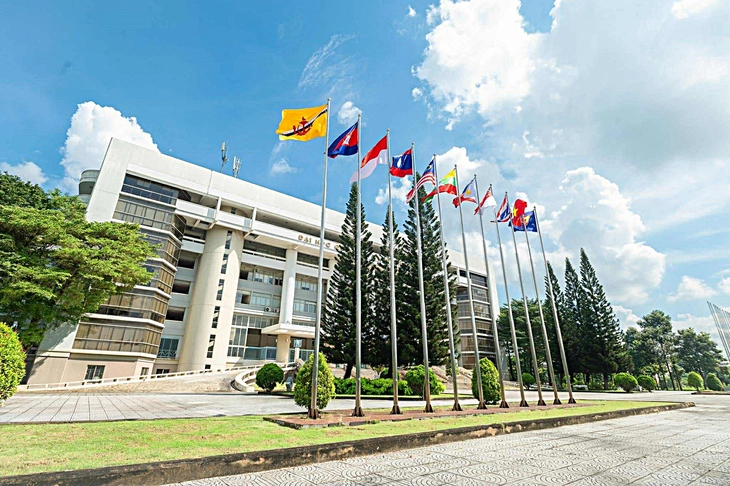
University autonomy contributes to making Ho Chi Minh City National University and many other universities "rise up" and become the locomotive of Vietnam's higher education - Photo: VNU-HCM
Currently, the policy environment for higher education is more favorable than ever. The Party has issued resolutions, the National Assembly has reviewed laws, and the Government has national action programs on education development, science and technology, international integration, institutional reform, and private sector development. All of these are opening up the legal corridor and resources for higher education to transform.
Central guidelines not only enable but also promote universities to become national innovation centers. Now the problem of higher education is "how, at what speed and how effectively".
From that we can see that university education needs to focus on the following important directions.
Firstly, restructuring the university system towards multidisciplinary and interactive orientation, forming an innovation ecosystem as a foundation.
Second, implementing real university autonomy, linked with accountability and training quality assessment as endogenous motivation.
Third, investing in the team, lecturers and managers, not only in quantity but also in quality, innovation spirit and leadership capacity is guaranteed.
In addition, there needs to be an effective "triple-party" cooperation mechanism in research, application, and implementation of core innovation tasks. Building an open and flexible learning model to serve lifelong learning and internationalize higher education for sustainable development.
In all, the development of diversified university financial resources plays an essential role, which depends on national strategies and policies.
Source: https://tuoitre.vn/dai-hoc-viet-nam-buoc-ngoat-moi-su-menh-moi-20250602062946059.htm































































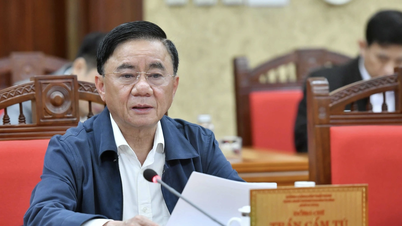





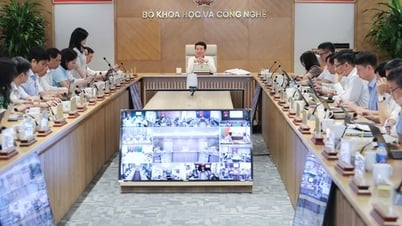
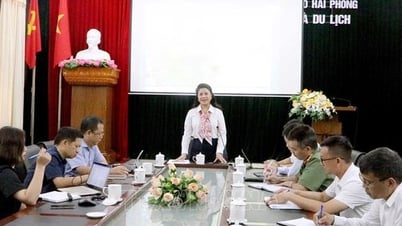


























Comment (0)